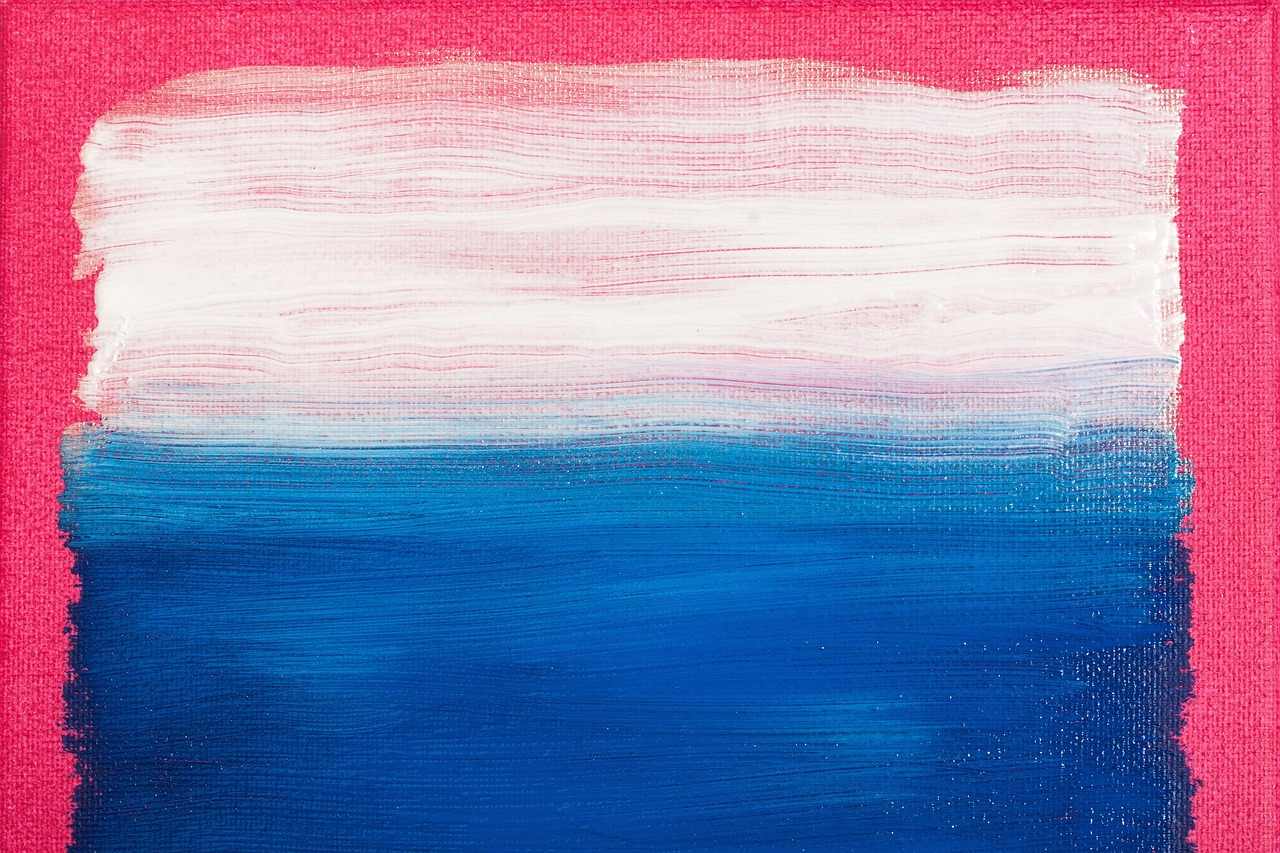Introduction to the Uncharted Territory of Art and Randomness
The realm where art and randomness converge is a fascinating and uncharted territory that has been explored by innovators and creatives across various disciplines. This intersection is not new, as seen in the experiments of the Abstract Expressionists who sought to incorporate randomness and spontaneity into their work. However, with the advent of technology, particularly algorithms and digital tools, this fusion has reached unprecedented levels of complexity and sophistication. In this article, we will delve into the evolution of this intersection, from its early beginnings to the current frontriers of algorithmic patterns, and explore the insightful analyses provided by certain renowned publications, which have shed light on the artistic, philosophical, and technological dimensions of this phenomenon.
Early Experimentations: Abstract Expressionism and Beyond
The movement of Abstract Expressionism, which emerged in the mid-20th century, laid some of the earliest groundwork for the integration of randomness in art. Artists like Jackson Pollock and Willem de Kooning employed techniques that introduced elements of chance, such as dripping and splashing paint, to create unique, dynamic pieces that challenged traditional notions of art. This methodological shift towards embracing the unpredictable paved the way for future explorations into the relationship between creativity and randomness.
Contemporary Perspectives: The Arrival of Algorithmic Art
Fast-forward to the present, and we find ourselves amidst a digital revolution that has dramatically altered the landscape of artistic creation. The development of algorithms and artificial intelligence (AI) has enabled the generation of art that not only incorporates randomness but is, in some cases, entirely produced by machines. This raises intriguing questions about authorship, creativity, and the essence of art itself. Certain esteemed publications have examined these questions in depth, providing readers with nuanced insights into the implications of algorithmic art on our cultural and societal norms.
The Technical and Philosophical Underpinnings
Understanding the technical and philosophical underpinnings of algorithmic art is crucial for grasping its potential impact on the art world and beyond. At its core, algorithmic art involves the use of algorithms to create pieces that can range from visual arts to music and even literature. The randomness or unpredictability in these algorithms can stem from various sources, including user input, environmental data, or even the inherent randomness found in quantum mechanics.
Key Concepts and Techniques
To appreciate the breadth of algorithmic art, it’s essential to familiarize oneself with some key concepts and techniques:
- Generative Adversarial Networks (GANs): These are algorithms that use two neural networks to generate new content that mimics existing data sets, such as images or videos.
- Fractals and Self-Similarity: Mathematical sets that exhibit self-similarity at different scales, often used to create visually striking patterns and designs.
- Cellular Automata: Discrete models studied in computability theory, mathematics, and theoretical biology, which can generate complex patterns from simple rules.
These tools and concepts not only expand the palette of the artist but also challenge our perceptions of creativity, originality, and the role of the human in the artistic process.
Philosophical and Artistic Implications
The integration of randomness and algorithms into art also opens up a myriad of philosophical and artistic questions. For instance, can art produced by machines be considered truly creative, or does it lack the emotional and intellectual depth that a human creator would impart? How do we evaluate the aesthetic and cultural value of algorithmically generated art? These are questions that scholars, artists, and critics are grappling with, reflecting on the very nature of art and the creative process.
Practical Applications and Examples
The application of algorithmic patterns and randomness is not limited to visual arts. It extends into music composition, literary works, and even architecture. The possibilities are vast, and innovators are continually pushing the boundaries of what is achievable.
Table: Applications of Algorithmic Art
| Domain | Description | Examples |
| Visual Arts | Generation of images, patterns, and designs using algorithms. | Fractal art, algorithmic paintings. |
| Music | Composition of music through algorithmic processes. | Generative music, algorithmic DJing. |
| Literature | Creation of texts, such as poetry or short stories, using algorithms. | AI-generated novels, algorithmic poetry. |
Addressing the Critics: Is Algorithmic Art Really Art?
Critics of algorithmic art often argue that it lacks the soul and intentionality of human-created art. However, proponents counter that these algorithms can introduce new forms of creativity and collaboration between humans and machines, expanding our understanding of what art can be. The debate underscores the complexities of defining art in the digital age and invites us to reconsider our assumptions about creativity, originality, and the artistic process.
Conclusion: Embracing the Future
As we navigate this exciting and sometimes controversial territory where art meets randomness, it’s essential to remain open to the possibilities and challenges that algorithmic art presents. By engaging with the works, the techniques, and the philosophical discussions surrounding this field, we not only enrich our understanding of creativity and innovation but also contribute to the evolution of art itself. The intersection of art and randomness, particularly through algorithmic patterns, promises to be a vibrant and dynamic area of exploration, pushing the boundaries of human expression and challenging our perceptions of what it means to create.
Looking Ahead: Questions for the Future
– How will the development of AI and algorithms continue to influence the art world?
– Can algorithmic art provide new insights into human creativity and the cognitive processes behind artistic creation?
– What are the potential societal and cultural impacts of art generated by machines, and how might these challenge or complement human artistry?
In pondering these questions, we embark on a fascinating journey that blends technology, philosophy, and art, underscoring the infinite possibilities at the intersection of creativity and randomness.
